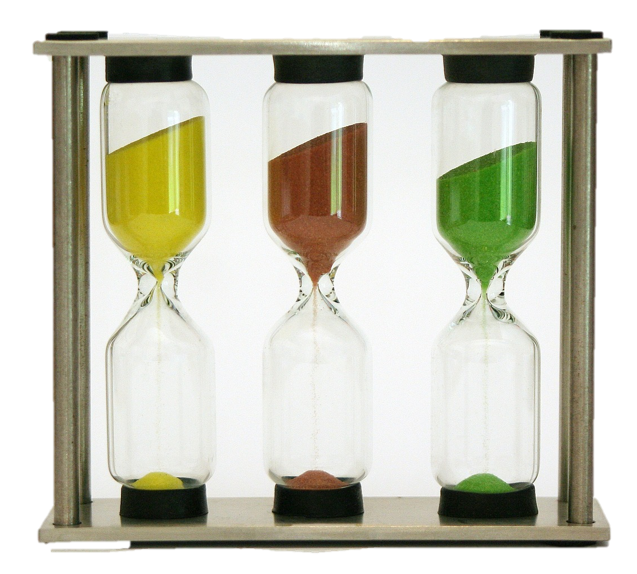RDEC can also be claimed by small and medium-sized enterprises (SMEs) who have been subcontracted to do R&D work by a large company or who have received a grant or subsidy for their R&D project.
or who have received a grant or subsidy for their R&D project.
SMEs can do this if they can’t claim R&D tax relief for SMEs, read more about this here.
The credit is calculated at 12% of the company’s qualifying R&D expenditure (this rate applies to expenditure incurred on or after 1 January 2018) and is taxable. Depending on whether the company is profit or loss making the credit may be used to discharge the liability or result in a cash payment.
The company must meet HMRC’s definition of R&D to get RDEC.
Costs
Costs can be claimed on the project from the date the company started working on the uncertainty until it developed or discovered the advance, or the project is stopped.
For staff working directly on the R&D project, the company can claim a proportion of their:
- salaries
- wages
- Class 1 National Insurance contributions
- pension fund contributions
The company can claim for administrative or support staff who work to directly support a project (for example, specialist cleaning staff). The company cannot claim for clerical or maintenance work that would have been done anyway, like managing payroll.
65% can be claimed of the relevant payments made to an external agency if they provide staff for the project.
Subcontracted expenditure cannot be claimed unless it is directly undertaken by:
- a charity
- a higher education institute
- a scientific research organisation
- a health service body
- an individual or partnership of individuals
All consumable items used up in the R&D can also be claimed for. This includes:
- materials
- utilities
The company can’t claim for:
- the production and distribution of goods and services
- capital expenditure
- the cost of land
- the cost of patents and trademarks
- rent or rates
How to work out the period relief can be claimed for
The project starts when the company began working to resolve the uncertainty. It will need to identify the technical issues that need to be resolved, and make sure there is not an existing solution that has already been worked out.
The project ends when the company solves the uncertainty or stops working on it. The period for which the company is claiming R&D expenditure credit should end once it has a working prototype that solves the problem, and before going into production.
R&D may restart if the company finds another scientific or technological uncertainty after it has started producing the product. If this happens, it can claim for another period of R&D while trying to resolve it.
Claims can be made up to 2 years after the end of the accounting period it relates to.
Calculating RDEC
To calculate expenditure the company needs to:
- Work out the costs that were directly attributable to R&D.
- Reduce any relevant subcontractor or external staff provider payments to 65% of the original cost.
- Add all costs together.
- Multiply the figure by 12% to get the expenditure credit.
- Enter this figure into the company tax return.
HMRC has a definition of R&D which needs to be met. It requires the company to be looking for an advance in science or technology and aimed to achieve an advance for the company. In turn this needs to be focused on overcoming a scientific or technological uncertainty, and the claim will relate to how the company overcame this uncertainty. It also needs to be the case that it couldn’t easily be worked out by a professional in the field.
It’s wise to send more information to HMRC online to support the claim and this is where the Bedrock team can really add value for you. We have an experienced R&D specialist who has an excellent track record of maximising claims for companies. Give us a call today to discuss how we could assist your company.
